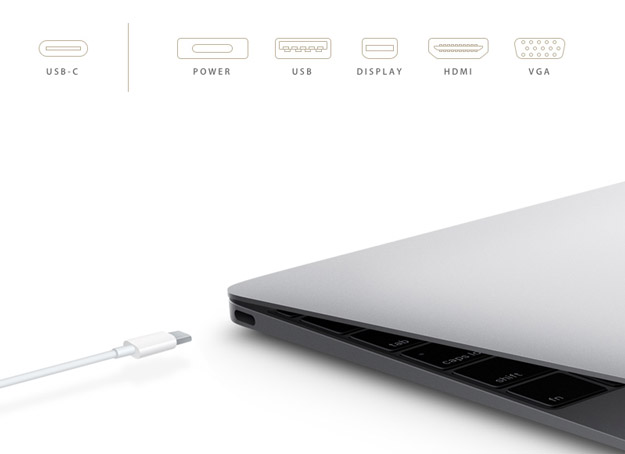USB 3.2 Specification Doubles Data Throughput Using Existing USB-C Cables
Were you just getting used to USB 3.1? Well, we’re sorry; the USB 3.2 specification has just been announced, which means that we’re in for yet another speed bump for the interface that we all have come to rely on to connect our peripherals
USB 3.2 in essence adds an extra lane to the existing USB 3.1 spec. While USB host controllers were initially designed for single-lane operation, the USB 3.2 spec doubles that to two, allowing for two 5 Gbps lanes (which would equal the 10Gbps maximum of the current spec) or two 10 Gbps lanes, boosting maximum throughput to 20 Gbps.

Thanks to this extra headroom, the USB 3.0 Promoter Group says that consumers will soon be able to achieve 2 GB/sec transfers using hardware that is fully USB 3.2 compliant. Best of all, since USB Type-C cables were already designed to support multi-lane operation, you won’t have to replace them when the new spec is launched. However, all of your devices (for example, a notebook and an external SSD) will have to comply with the USB 3.2 spec for you to realize those speed gains.
“When we introduced USB Type-C to the market, we intended to assure that USB Type-C cables and connectors certified for SuperSpeed USB or SuperSpeed USB 10 Gbps would, as produced, support higher performance USB as newer generations of USB 3.0 were developed,” said USB 3.0 Promoter Group Chairman Brad Saunders. “The USB 3.2 update delivers the next level of performance.”
We have to keep in mind, however, that it may be another 12 to 18 months before we see USB 3.2 hosts and peripherals enter the market. And even then, there’s likely to be a pricing premium, at least initially. However, by that time, maybe Microsoft will have embraced the USB-C interface for its Surface hardware…

